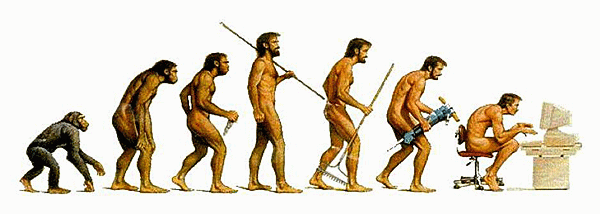If you work with a personal trainer, fitness instructor,
physical therapist or sports coach, please take the time to read and then
forward it over to your coach.
If
you are in the fitness industry, this one’s for you....
There are many ways to “skin a cat”. Meaning, there are many varieties of
fitness. One size does not fit
all. I am not going to sit here
and tell you that one program is better than the other. But, here is an important point to
consider: Coaching fitness goes so much
deeper than supplying just some workout. I do my best to educate my clients and athletes on real
world training and nutrition principles. Supplying these principles can aide me in individualizing the
program to fit each unique person.
I understand that what may work for one person, might not work for
another.
 |
| Always coaching and caring for your students is key. |
A good coach creates an
environment that molds the training session around the unique abilities of the
students. Poor coaches are
constantly “shoving square pegs into round holes”. This design sets people up to be unsuccessful in the
training plan.
 |
| This atmosphere is about "getting work done" more so than quality work. |
As a coach, it is so critical to educate each individual on
how his or her body works and responds to movement and exercise. Understanding each individual’s unique
physiology (body structure) is critical to be successful. By recognizing these parameters, now
you can start pushing their limits.
Having the aptitude to scale workouts to each individual is very
important to allow proper progression and improvement to happen.
The worse thing I can do is put a client into a dangerous
situation that will increase the chance of injury. My job is to first, build a safe environment. Fitness training should not cause
injury, or at least the chances are very minimal. If you are constantly getting hurt in the gym, you are doing
something wrong. I am always
asking this question, “What are the risks versus rewards of this specific
exercise?” I then make a smart
decision as to what is implemented into my program.
 |
| What are the risks versus rewards of this exercise? |
 |
| Risk vs. Reward? Is there a better option? |
Secondly, fitness coaches and personal trainers are put into
a position to guide and encourage smart fitness training. Coaches need to understand that just
because a specific workout makes someone sore and tired, doesn’t mean the
workout was beneficial. Vomiting, extreme
soreness and passing out are not positive affects to training.
 |
| Not a good workout affect. |
Are we randomly choosing
exercises? Do we have a planned
training system? Do we just find
exercises that crush people? Are
we teaching the exercises correctly?
Is every workout extremely hard?
These are just a few questions to ask yourself regarding
programming.
Once we have created a safe training atmosphere, now the fun
part begins. Adding in
motivational strategies to the training session is icing on the cake. If the individual you are coaching is
not motivated, odds are they will end up leaving your program. Supplying motivational tools should be
ongoing and a major part of the job.
Motivation is what assists people reach their goals. Without motivation, progress gets
halted.
 |
| Motivational talk at the end of EVERY workout! Inspire them to be better! |
All in all, the fitness coach is put into a pretty important
position. We are fortunate to have
an avenue to truly help people find their ultimate self. But we must look at a training session
more thoroughly than just giving a good workout. The workout is the “nuts and bolts” but without the right
tools, the coach will not complete the job. Create a high-energy environment. Be passionate every workout. Listen to your members. Always communicate.
Supply motivation. Work on
yourself. These skills and
characteristics will truly help you change peoples’ lives.












